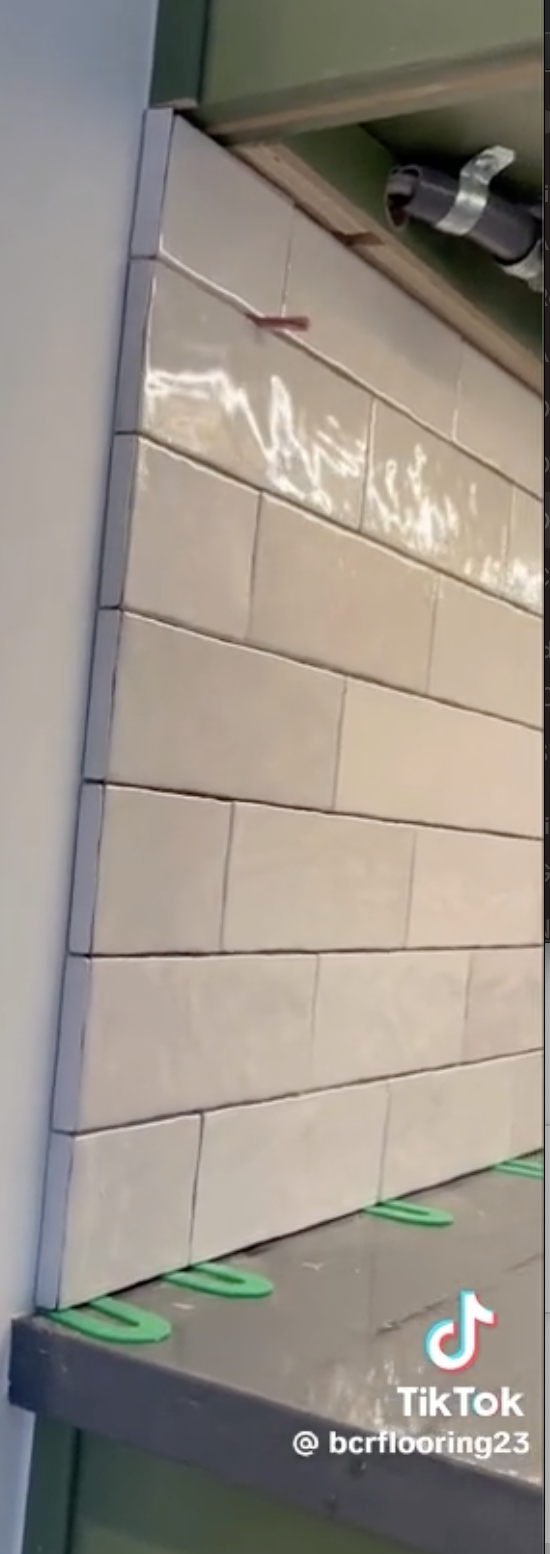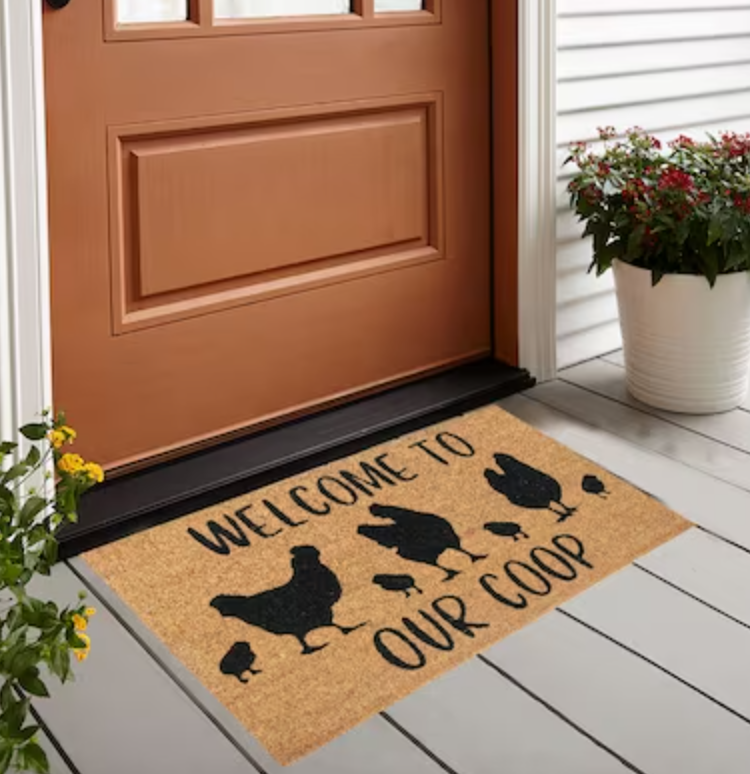Ever been to Morocco? This is where the story of Zellige Tile begins.
Nestled in the heart of Morocco's rich cultural tapestry lies Zellige, a form of Islamic art that embodies the nation's artistic and historical heritage. This traditional tile work, known for its intricate designs and vibrant colors, has adorned Moroccan architecture for centuries.
The essence of Zellige lies in its meticulous craftsmanship. Artisans, known as 'Maâlems', carefully shape each tile by hand from natural clay, which is then kiln-fired, glazed, and cut into precise geometric shapes. The process is labor-intensive and demands a high level of skill, making each piece unique.
Today, Zellige continues to inspire. I often see modern designers and architects incorporate this tile into contemporary spaces, blending traditional craftsmanship with modern aesthetics. This fusion highlights the timeless appeal of Zellige.
THE BIG PROBLEMO
Feeling Irregular?
True Zelllige Tile is unique and handmade, making each piece different. This makes the installation process more difficult than normal tile, trying to keep a centerline on grout joints (ANSI A108).
A true Zellige tile means each piece is unique. This makes installation difficult, and designers often want the tightest grout joint possible. Many installers dislike the installation experience. But designers and owners love the look of it! The craze of Zellige tile has taken over our bathrooms and kitchens.
After Installation
Owners and designers can be left disappointed in the installation after completion, due to the different thicknesses and sizes. There are also often no coordinating trim pieces or mosaics for shower applications, so things can get slippery if you make a few bad choices.
By The Way, About Those Trim Pieces
Shout out to BCR Flooring out of Austin, for the creativity, & making “baby miters” as a trim for returns. See the example below on a Zellige Backsplash.

A HERO HAS ARRIVED
We’d like to give another shout out to Marrazzi Tile. I was on a job site this week, and Sonny Cantu, a Certified Tile Installer, really seemed to be breezing through a green Zellige installation. Sonny’s is a great installer, but Zellige tile is tough to install! Color variation and blending, with tile spread out EVERYWHERE is a part of the installation, as well as sweating with irregular pieces and tons of tiny spacers and wedges around every tile.
Not on this installation.
Certified Tile Installer, Sonny Cantu
After a closer inspection of the tile and boxes from the manufacturer, I found this was in fact a manufactured ceramic product, with “lugs” (A.K.A. built in spacers) on the sides of the square 4”x4” tile.
“Lugs” shown on Marrazzi’s Zellige Neo Tile. Built in spacers and square edges help with installation.
Natural V3-V4 Color Variation, built in spacers, 10 different colors to choose, and still getting that irregular face and famous Zellige look. All while making the installers life better and ensuring a more polished looking finished product.
A nod to Marrazzi’s Zellige Neo, a great tile solution for all!
ABOUT J&R TILE
Winner of the 2022 National Tile Contractors Association Craftsperson of the year award — J&R Tile is a tile, stone, and paver specialist in San Antonio, Texas. The J&R team is a leader in historical tile restoration and is credentialed in ceramic, porcelain, natural stone, pedestal pavers, and glass tile installations for residential and commercial properties. Proudly serving San Antonio since 1984, contact us to schedule your free consultation and estimate.


















































